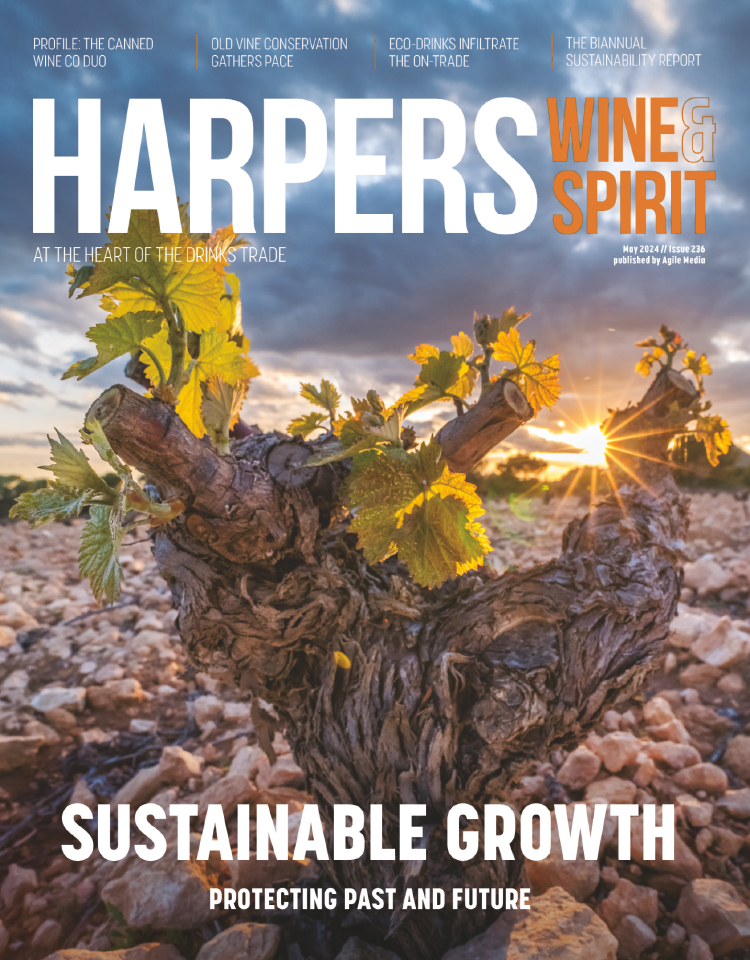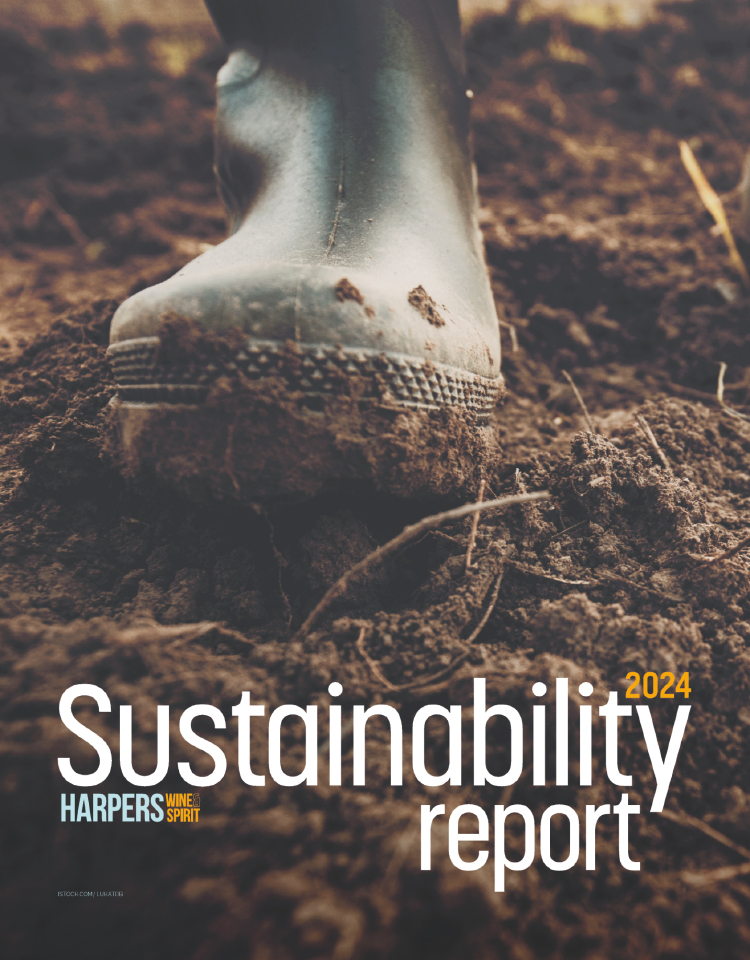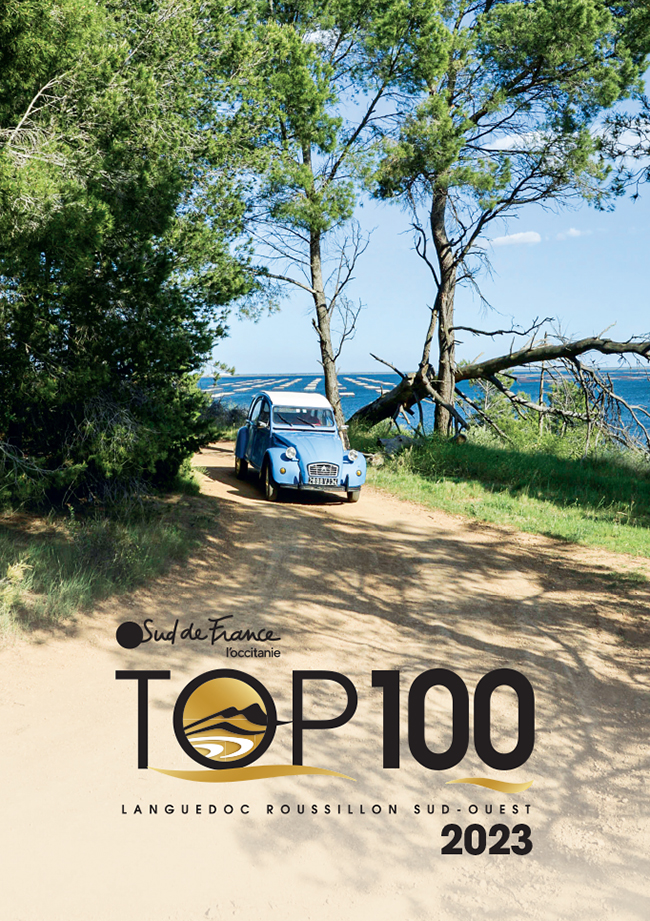
Friday read: Alto Adige – land of diversity, coops and the 1ha plot
Alto Adige is one of the smallest wine-producing regions in Italy. Nestled in between the Alps and the Dolomites, it acts as a kind of gateway between its neighbours in Austria and the rest of Italy proper, with wineries’ dual citizenship highlighted in the commonplace appearance of both Cantina and Kellerei on labels.
Is its populace mainly Italian or Austrian? Answers may vary, in this case, with many claiming German as their first language. But the truth is, no one really has much of an idea.
That’s part of the fun of this small, yet highly diverse, vinous enclave, which is continually pushing towards more premium offerings of Pinot Noir and Gewürztraminer, worked largely on difficult-to-access terraced slopes.
Here, the buildings are distinctly Austrian in style, yet Italian is heard most often. The vineyards are terraced in order to offer some relief in the more Mediterranean-leaning heat. Yet, the vineyards of Valle Isarco (pictured), with the Alps looming in the background, suggests a far more northerly aspect. (A number of climatic zones are spread over diverse soils at elevations ranging from 200m to 1,000m. Any higher and the vines carry greater risk of exposure to frost.)
Depending on who you ask in this highly blended culture, the region is either South Tyrol (Südtirol in German), or ‘Upper Adige’ aka Alto Adige in Italian, though both names hold equal local sway.
The area might be small, but it packs a big punch when it comes to stylistic and varietal diversity. In terms of vineyard area, Pinot Grigio rules the roost for whites at 12%, followed by Chardonnay and Gewürztraminer at 11%, Pinot Blanc 10%, Sauvignon Blanc 8%, all the way down to Riesling and Kerner 2%, Sylvaner 1% and Gruner Veltliner 0.5%.
For reds, vineyard area starts with the highly promising Pinot Noir at 10%, followed by two indigenous grape varieties: Lagrein at 9% and Schiava (known as Vernatsch on the other side of the border) at 9%.
In such a melting pot – so different from its ‘one trick’ northern neighbours in Gavi and Soave – is it any surprise that the land is similarly as varied?
Here, Alto Adige reveals itself to be a region that is largely defined by collaboration, with some 13 coops bringing together a patchwork of extremely small plots, where the average winegrower owns just 1-1.5ha. Out of this, there emerges a real range and concentration of top-quality wines.
Many of these were discovered at the recent Alto Adige Wine Summit 2023, where the biennial event brought together journalists and educators from 12 countries. Wines from over 97 producers were available to taste. However, some of the best wines of the trip also involved a visit to three coops: Kellerei / Cantina Girlan, which grew from a handful of families back in 1923, plus Cantina Tramin and Weingut Abraham. Of Alto Adige’s production of 40 million bottles a year (64% being white wine and 36% red), a significant 70% is made by cooperatives.
At Girlan, most of the founding families owned 1.5-2ha back in 1923 – and the same is true today. The only difference is that the coop now has 200 producers on its books, rather than the 25 it started with exactly one hundred years ago.
A culture has grown around coops in the region. Alto Adige has 13 – one for each of its villages – with the largest representing 450ha. Cantina Valle Isarco is the region’s newest and smallest.
Since the 1990s, there has been an effort at these coops to understand the USP of each grower. There has also been a move towards quality, by ensuring growers send 100% of grapes to the coop, avoiding the highest quality grapes being sold elsewhere.
“There is an aspect of social sustainability, too,” says Wolfgang Klotz, director of marketing and sales at Tramin.
“Everyone profits. It’s not just going back to one big winery – and that’s so important for the next generation. Working 1.5ha on your own just isn’t enough. But together, it’s a different story.”
The region’s relative isolation and close-knit structure have helped to ensure longevity in other ways, too.
“We do have high land prices,” says Marc Pfitscher, export and marketing manager for Girlan. “But there isn’t much outside investment, so it isn’t being pushed up too much and is still manageable.”
So, what of the wines? The most famous wine produced in Alto Adige is perhaps Gewürztraminer, which carries a high percentage of the plantings.
Yet, in many cases, the Sylvaners and Kerners drew most interest, showing a combination of delicate aromas with elegance and purity of fruit.
“Gewürztraminer is a very sensible grape – very black or white,” says Klotz.
“It doesn’t really show its terroir, like Pinot Noir does. It either works or it doesn’t work. It produces high sugar too, so it’s crucial to maintain acid.”
A top pick might be the Alto Adige Pinot Noir Riserva by Cantina Girlan, from the 12ha Mazon vineyard, which is regarded as one of the best sites for Pinot Noir in Italy. Vibrant and elegant, Pinot Noir has been the focus at this coop for the past 20 years, with brilliant results.
“It’s more masculine, if we can still say that. It’s powerful. We used to blend our reds, but we’ve since spent a lot of time working out the best plots for Pinot Noir,” says Pfitscher.
As things move on, and quality improves, the challenge for Alto Adige is to distinguish itself from others. The region is proud of its diversity, which encompasses a large production of Pink Lady Apples, so often seen in UK supermarkets. These are mainly found growing on the valley floor, while wine is grown on the slopes. This sets Alto Adige apart from its neighbours in Trentino, where much of the wine is grown on the flattest parts of the valley.
“The wines of Trentino have their place, but consumers tend to lump them in with Alto Adige,” Klotz says.
He continues: “We have been making wine here since the Middle Ages. We have good recognition in Italy, as there are reds [being made] all over. So, everyone lists our whites.
“The number of varieties isn’t a problem. What is difficult is communicating the breadth of the offer, which goes from good to great.”
With reds, Alto Adige is making real headway with its Pinot Noir. Schiava, with hints of Beaujolais Nouveau, is pleasant, yet often tannic. Lagrein is even more tannic – an intensely dark wine which would struggle in the UK.
With the whites, there remains much to be explored from the region’s 5,000 winegrowers spread over 5,700ha of vineyards. Hopefully, we will see more of those smaller varieties making their way to Alto Adige’s slopes, and making the most of the region’s soils and climate diversity.
In this spirit, we give the final word to Andreas Kofler, president of the Alto Adige Wines Consortium.
“What matters most to us at the Wine Summit is to give an idea of the contrasts that characterise Alto Adige as a wine country – to show them how diverse our relatively small wine region is,” he says.







